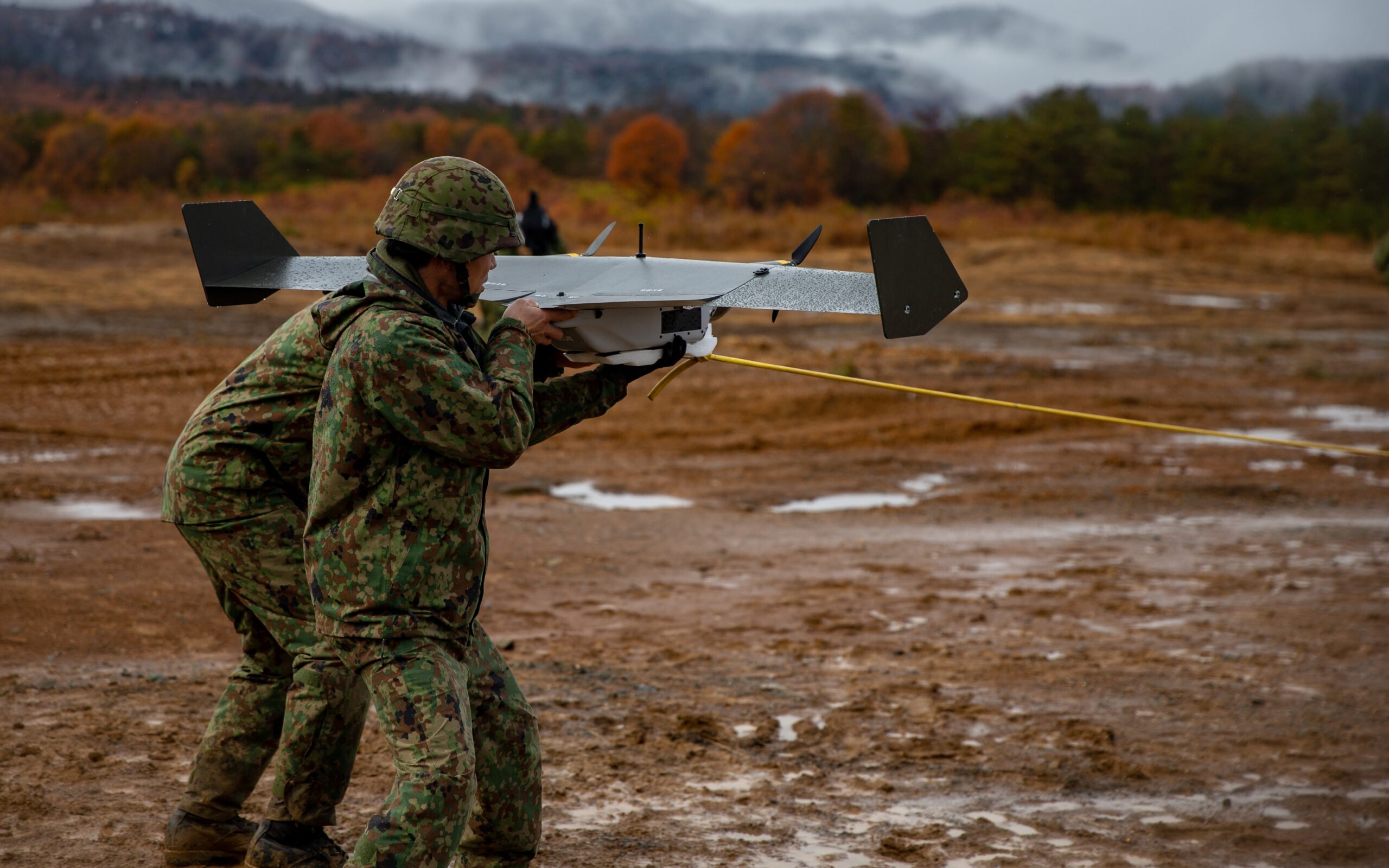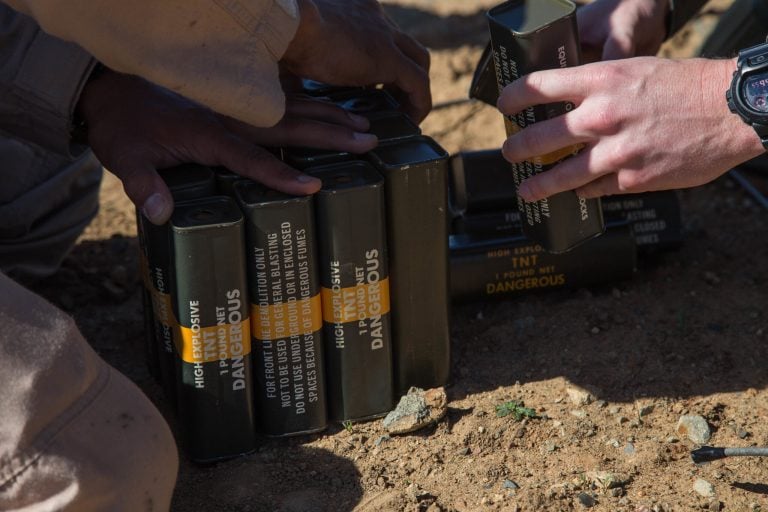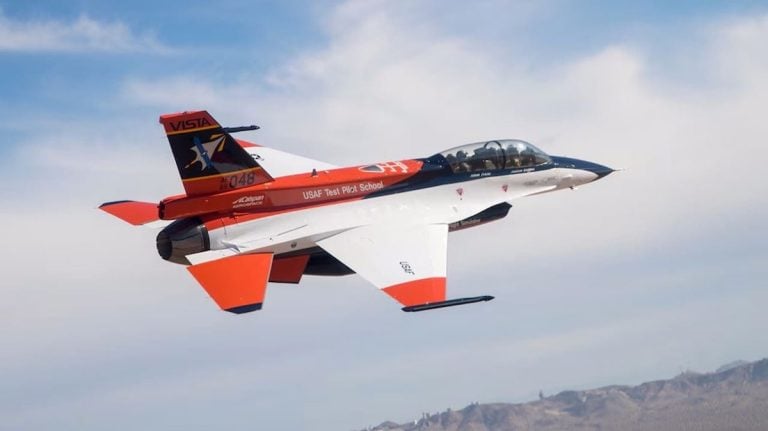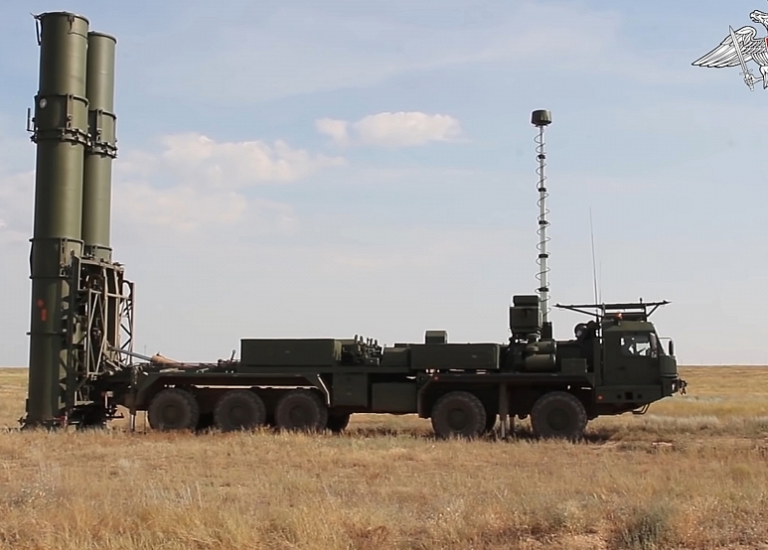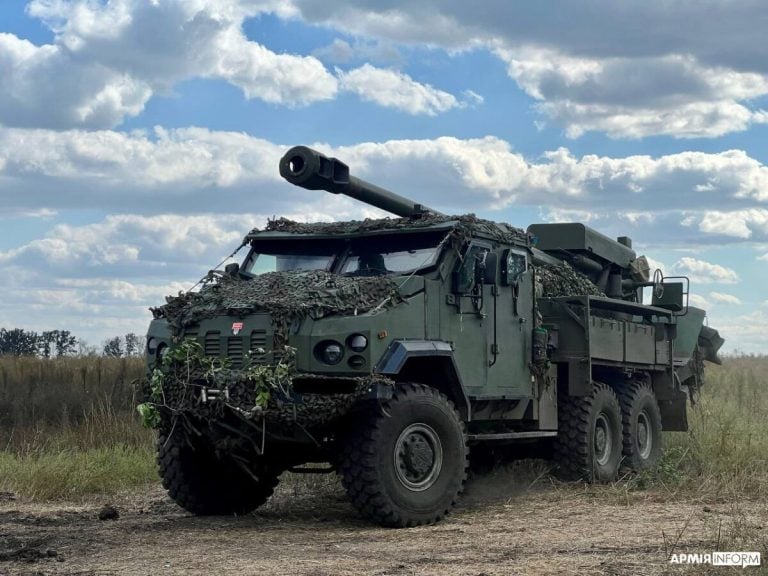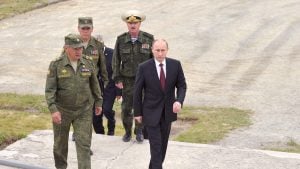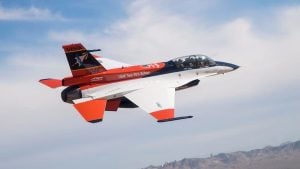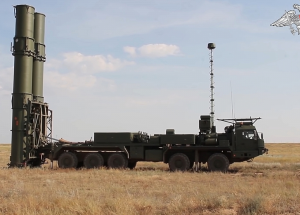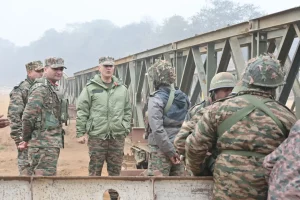In a landscape where defense technology is increasingly critical, recent statements from the Trump administration are drawing significant attention and raising expectations. During his inaugural Message to the Force, Secretary of Defense Pete Hegseth emphasized the importance of rapidly integrating emerging technologies to enhance military lethality. Meanwhile, President Donald Trump has criticized the escalating costs of the F-35 program, prompting Lockheed Martin’s CEO to commit to aggressively reducing these expenses. This environment is creating a wave of optimism among venture capitalists keen to turn their devotion to national security into lucrative investments.
However, enthusiasm among investors must be tempered by the complex realities of defense tech investment. The unique challenges of the Department of Defense’s budgeting processes could be a major barrier for new tech ventures. The competition for funding is fierce; introducing new technologies may necessitate cuts to established programs, and the Pentagon’s preference for existing solutions—regardless of their shortcomings—can stifle innovation.
An often-overlooked aspect of this domain is the difficulty in establishing clear requirements for new technology initiatives. Unlike the private sector, where demand signals are generally transparent, the DoD can struggle to articulate its needs. Startups, therefore, may find themselves in a nebulous environment, grappling to identify genuine opportunities for their products. Despite partnerships and pilot programs that suggest a product’s necessity, insights from actual end-users may reveal a different narrative about the perceived value and functionality of these new solutions.
For hardware startups, the hurdles are even steeper. Beyond developing a polished prototype, demonstrating compliance with extensive security and certification criteria is crucial. Navigating this process often takes years, far exceeding the timeframes usually associated with venture-backed startups. Achieving milestones like military airworthiness or Technology Readiness Level 9 is impressive, but these accomplishments should not be misinterpreted as guaranteed market success. Many startups triumph in attaining these goals yet struggle to secure actual deployments, underscoring the need for investors and stakeholders to distinguish between progress markers and meaningful outcomes.
Another critical factor in evaluating defense technologies is the cost-saving potential for the government. In the commercial realm, improving efficiency or capabilities is more straightforward; however, in defense contracting, the financial implications are intricate. If a new technology enhances existing capabilities, it must be assessed whether it will reduce overall costs—and if so, which current program is at risk of losing funding to make way for the new initiative.
For investors and founders diving into this space, it is essential to scrutinize several key factors:
-
Verifiable Commitment from DoD Customers: Is there genuine, demonstrable interest from decision-makers within the Department of Defense that extends beyond marketing hype?
-
Certification and Operational Use: For hardware innovations, has the product completed the certification process and been deployed on military platforms?
- Cost-Benefit Analysis: Does the proposed technology provide clear cost savings for the government, and how does this shift impact other programs and budget allocations?
Adopting a thoughtful and grounded approach when evaluating defense tech startups can redefine expectations. It is essential to focus on tangible progress rather than superficial indicators of success. Startups that demonstrate solid traction through actual installations, verified cost efficiencies, and enthusiastic endorsements from military users are likely to be more viable investment opportunities.
As the defense tech sector continues to evolve, it is vital for both investors and innovators to remain cognizant of the multifaceted challenges they face. By fostering a collaborative atmosphere among investors, startups, and DoD officials, the industry can better align investment enthusiasm with practical outcomes that enhance defense capabilities. The focus should remain on developing technologies that not only promise transformation but also deliver real, actionable advancements for the military, ultimately ensuring a robust national defense strategy built on substantive progress.
